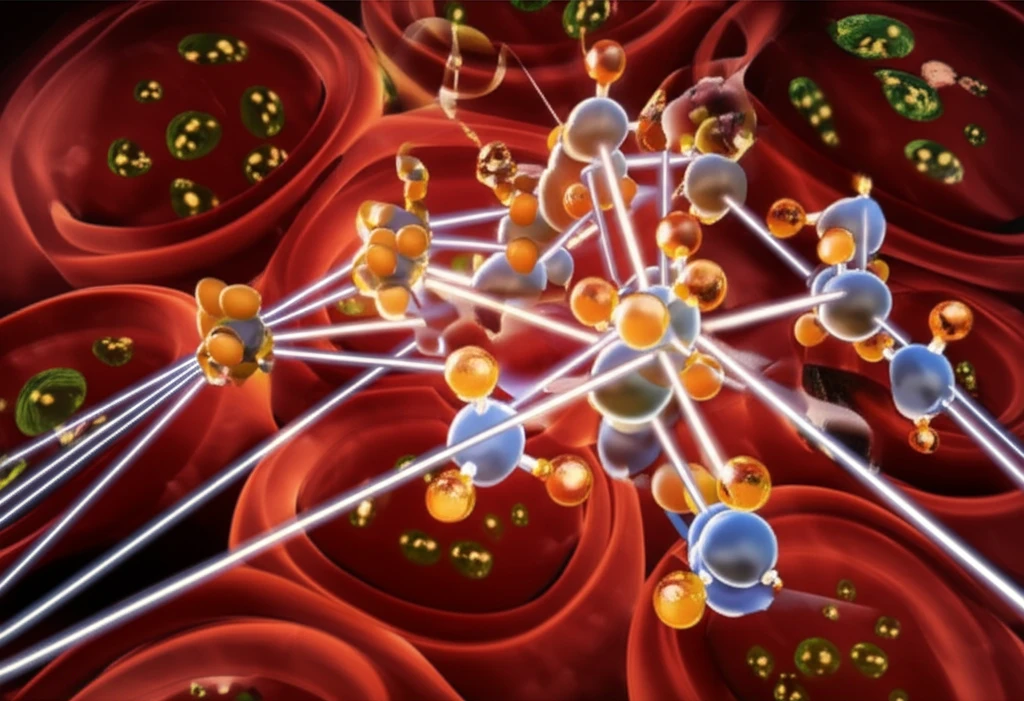
Unlocking the Mystery: How Glucocorticoids Trigger Insulin Resistance
"A groundbreaking study reveals the critical role of the Angptl4-ceramide axis in glucocorticoid-induced insulin resistance, offering new hope for treatment strategies."
Insulin resistance stands as a major health threat, setting the stage for type 2 diabetes and cardiovascular diseases. A troubling connection has emerged: prolonged exposure to glucocorticoids. These powerful hormones, essential for reducing inflammation, often lead to a condition where the body's cells become stubbornly unresponsive to insulin.
Glucocorticoids disrupt insulin's effectiveness in several ways. They hamper glucose utilization in muscles and fat tissues and interfere with the liver's ability to respond to insulin, further complicating glucose regulation. While scientists have proposed multiple mechanisms, the precise molecular steps remain elusive.
A new study shines a light on the role of Angptl4, a protein that becomes a primary target in the presence of glucocorticoids. Researchers have identified Angptl4 as central to how glucocorticoids affect fat metabolism and insulin sensitivity. By exploring how Angptl4 influences metabolic pathways, especially those involving lipids, the study uncovers potential targets for therapies that could minimize insulin resistance caused by these hormones.
The Angptl4-Ceramide Connection: A New Pathway to Insulin Resistance

This research delves deep into how glucocorticoids, which are frequently used to manage inflammation, paradoxically contribute to insulin resistance. The study highlights that Angptl4, a protein influenced by glucocorticoids, plays a pivotal role in this process by affecting how fats are metabolized. Understanding this intricate relationship is crucial for developing treatments that can sidestep the adverse metabolic effects of glucocorticoids.
- Reduced Ceramide Levels: Without Angptl4, the expected surge in hepatic ceramide levels due to glucocorticoid treatment is muted.
- Impact on Enzymes: Angptl4 is essential for glucocorticoids to stimulate enzymes involved in ceramide synthesis.
- Downstream Effects: The activity of protein phosphatase 2A (PP2A) and protein kinase Cζ (PKCζ), both key players in ceramide signaling, depends on Angptl4.
Future Directions: Targeting Angptl4 for Metabolic Harmony
This study marks a significant stride in decoding the complex interplay between inflammation, hormone therapy, and metabolic health. By identifying Angptl4 as a crucial mediator in glucocorticoid-induced insulin resistance, researchers have opened new avenues for developing targeted treatments. These could potentially allow patients to benefit from the anti-inflammatory effects of glucocorticoids without enduring the harmful metabolic side effects. Further research into Angptl4 and its related pathways may soon yield therapies that promote metabolic balance and improve overall health.
